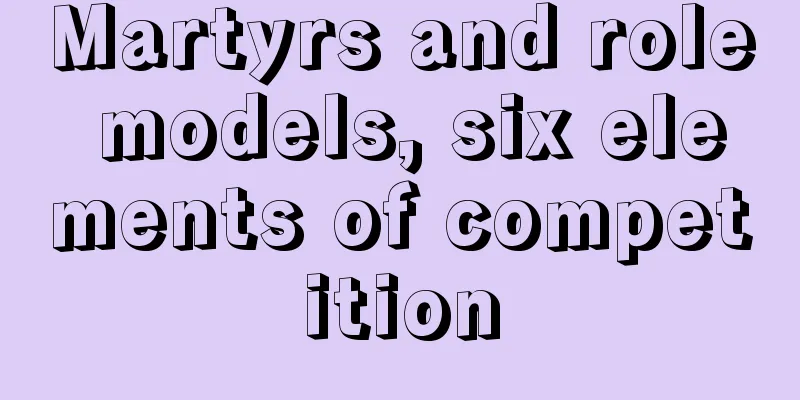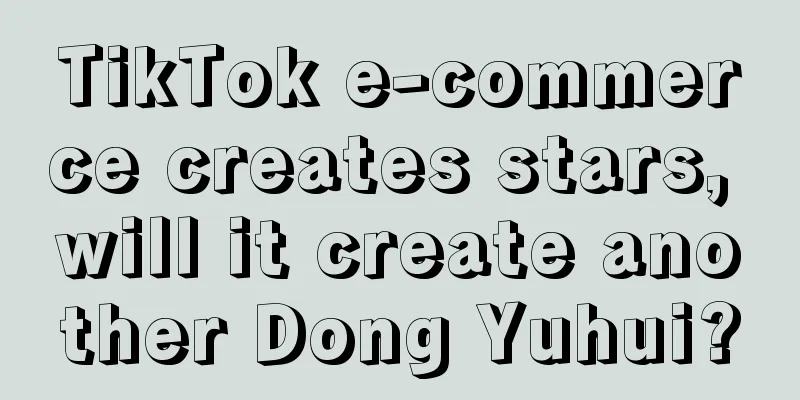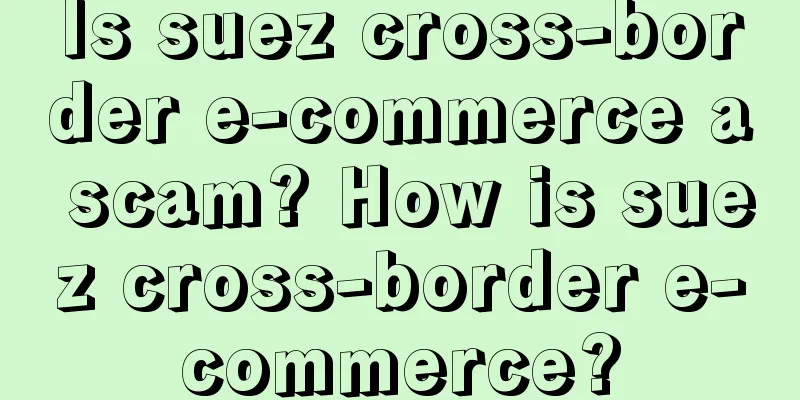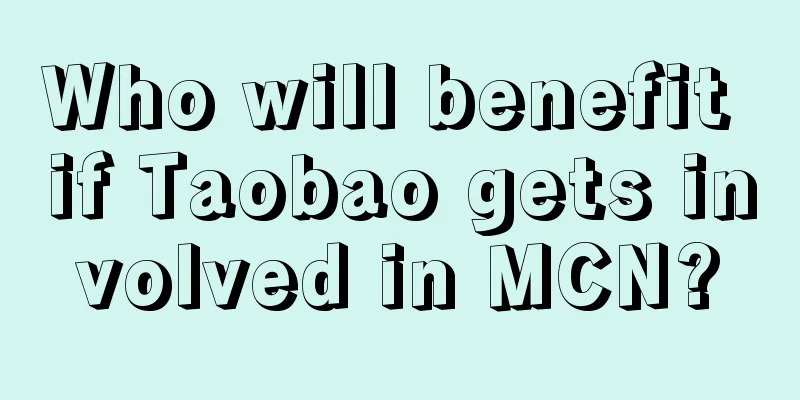Martyrs and role models, six elements of competition

1. Martyrs and Role ModelsThe six elements of competition: trend, category, brand power, segmentation, differentiation, and purchase reason. The first element of trend, to use Lei Jun’s words, is the pig standing on the vent - the vent - is the new category. Business is constantly differentiating, and differentiation also brings opportunities - the opportunity to create vacancies in new product categories. Many products don’t sell well, not because they are bad, but because they are too good. They are so good that companies put their products in front of consumers before consumers have any idea of the category, the value of the category, or even the name of the category. This approach is not innovation, but adventure, or even a challenge - challenging consumers' cognition that being one step ahead is a martyr, being half a step ahead is a role model. How to judge whether you have taken one step or half a step? In fact, it is the understanding and insight into differentiation and new categories. To find real opportunities for new product categories, you need to distinguish between trends and fads. Not all ships can take you to discover a new world of business. Many times, this ship may be the Titanic. How to judge whether a new product category is a trend or a fad: The standard is to make judgments based on the underlying principles - the secrets of business are in the spoken expressions of customers. Go and see, research, and observe how consumers express their needs. 2. Brand Power: Category X Mindset1. Category is the foundationThe underlying logic of unchanged categories is that the value of connecting to customer needs remains unchanged - categories connect to needs, consumers think in categories and express with brands - have a bottle of Coke, drink some Starbucks, take a Didi. Coke = Coca-Cola, Starbucks = coffee, Didi = taxi, brands occupy (represent) categories, which is the shortest path to grasp the underlying needs of consumers. Brand is the tip of the iceberg, while category is the whole iceberg. Only by understanding the category can you better understand the business. Category differentiation brings new market opportunities: it is easier to create new brands in the process of category differentiation. Only new categories can bring new cognition, and new cognition brings new brand opportunities. 80% of business decisions come from how you discover new opportunities for category differentiation.
Three logics:
2. Competition depends on mindsetCompetition depends on the mind: what is on the market is not important, what is in the cognition is important. Competition on shelves is always a red ocean, but if you look at it from the perspective of consumer perception, you will find a blue ocean. That is, products with categories but no brands. This involves three dimensions: category, product, and brand. The essence of differentiated competition is to form differentiated cognition on the consumer side, guide facts through cognition, and strengthen cognition with the help of facts. On the one hand, it is the factual differentiation support at the product level, and on the other hand, it is the differentiated cognitive segmentation of consumers. There are Mengniu, Yili, and Bright Dairy for milk. There are Amul, Chunzhen, and Mosilian for room temperature yogurt. However, in the minds of consumers, there is no number one brand in the cheese category. What you can see, your opponent can see as well, and your opponent must want to win as much as you do. This is indeed the case. In 2020, more than 150 new registered companies whose business scope or products include "cheese" were added. In the past 2021, there were more than 49 cheese stick brands on the market, which was very lively for a while. Cheese newcomer: Miaofei, founded in 2018, successfully won two rounds of financing in 2020 after its products were launched in 2019. Its founder Chen Yun has served as general manager of Yili Cheese Division and vice president of Meike Landou. Dr. Cheese, founded in 2019, completed equity financing in 2020 and 2021, including well-known investment institutions such as Challenger Capital and Sequoia China Seed Fund. Old brands are coming: Junlebao Group held a new product launch conference in Tianjin, officially launching the cheese sticks with the recipe of Zeng Cheese La Zengcong and the newly upgraded Sikeqi cheese sticks. Sanyuan, the 2020-2021 Sanyuan Cheese Development Sharing Conference, also officially included the cheese business into the company's "strategic level" project, and specially established the Cheese Academy of the Special Channel Division. Faced with the pincer attack from new and old competitors, the question is not how to defeat the opponents, but how to quickly create the brand recognition advantage of Meiji Landou. Meiji Landou knows that competition only takes place in consumers’ cognition, and its method of occupying cognitive gaps is to launch a saturation attack by “land, sea and air” in the empty mind. When we first launched the Focus Media campaign, we thought that the four characters of "Miaokelando" were hard to remember, so how could we make them memorable? We decided to use songs to spread the word and make people remember "Miaokelando". We found the French nursery rhyme "Two Tigers" and adapted it into "Miaokeland, Miaokeland, cheese sticks, cheese sticks..." It is very familiar to everyone - Chai Xiu, Chairman of Miaokeland. 3. Segmentation: Differentiation X Reason for Purchase1. DifferentiationDifferentiation is what makes your product unique. It is the real distinction you establish between you and your competitors, and the benefit point is the benefit you bring to consumers because of your difference. When the two are not consistent, if you ask consumers, you will find that consumers' perception of the brand often focuses on the differences rather than the benefits. That is - different is better than better.
Especially in the early stage of the category (early stage of the market), consumers have category awareness but brand awareness is relatively low. This stage is a typical case of communication winning over no communication, USP winning over brand image, and of course, the final outcome is that differentiation wins over no differentiation. For example, Chubang is showing off here, appealing to the two most important points of soy sauce for consumers: "delicious taste" and "natural safety". This USP advertising is effective. Chubang's growth rate in recent years has also been faster than that of the soy sauce brand leader Haitian Soy Sauce, ranking second. The positioning is delicious taste, and the differentiated production process (natural sun-drying for 180 days) is the differentiation slogan of its positioning. This is similar to the "peeled tomatoes for ketchup" made by Trout and Reese in "Positioning". In addition, one of the ten types of differentiation Trout mentioned in his speech in China is "production method". Page 49 of "Two-Hour Brand Literacy" clearly states: "After having brand positioning, USP can also become the most differentiated slogan for communication positioning." In the advertising appeal during the same period, Haitian was still using brand image advertising such as "The Taste of Happiness". It is not difficult to understand that the premise of temporary effectiveness is that the opponent is making mistakes. Afterwards, Haitian also began to follow Chubang in its publicity, but failed to find an effective advertising appeal. Ultimately, it was due to its insufficient understanding of product characteristics, differentiation, and consumer cognition. 2. Reasons to buyFirst, the reason is not knowledge, so don’t teach knowledge to consumers; the reason is not reason, so consumers don’t listen to reason. Because consumers have too many things to buy, no one has the time to become an expert on a product, because that is too inefficient and too busy. Second, the reason should be based on the function of the product and be benefit-oriented. A product has many functions. The best product is to give up nine and take one, just one point. In other words: why buy it? In Kotler's words, the total benefit of the consumer is greater than the total cost of the purchase. Most descriptions of products only stay at the functional level. The function is you, not the consumer. Because a certain function of the product satisfies a certain interest of the consumer. The reason for purchase is a trivial interest - if you are afraid of getting angry, drink Wanglaoji. Third, we must not only make ourselves clear, but also distinguish our competitors. We must be differentiated and competitive - why choose you instead of your competitors. That is to say, we must reflect differentiation and be competitive. Therefore, Pepsi is the choice of the new generation. Who should this new generation choose to compete with? It is to compete with the authentic Coca-Cola. 3. Differentiate between the four
IV. Pictures, Sound, Text, Audio, and Music
The 1989 Yanwu advertisement had all the brand, product, price information, and credentials, and it was paired with music, which rhymed wonderfully. The pictures, sounds, text, music, and music - it was amazing. Author: Houshan Guest House Source: WeChat public account “Lao Gao Business and Brand”. |
<<: The short drama that has attracted 500 million people is the new traffic code for brands
Recommend
WeChat practicality +1, it’s finally open!
The payment interoperability between WeChat and Ta...
Game anchor travels around the world, gaining millions of followers with just one video
In the digital age, the influence of social media ...
What is the significance of Meituan Live?
This article analyzes the logic behind Meituan’s l...
How many days does Shopee take to ship goods in stock? FAQs on Shopee delivery time
After the buyer places an order, the Shopee seller...
No. 1 in the category in 6 years! How does Pidan make Xiaohongshu placement in the hot pet supplies market?
How can pet product brands make a good brand marke...
Is the Amazon VC account operated by Amazon? Will the VC accounts be linked?
The full name of Amazon VC account is Vendor Centr...
How to get keywords on the first page of Amazon? Method introduction
There is one thing that Amazon merchants must lear...
Can I appeal to regain my Amazon store association? What are the consequences?
After your store is linked on Amazon, you generall...
How about Amazon adult products? Is it easy to do?
On Amazon, people usually open a store. In additio...
The halo of a big company is not popular in small companies
This year's job market has clearly kept salari...
How to return goods on Amazon in China? What documents do I need to prepare?
Amazon is a cross-border e-commerce platform and a...
How to market and promote Wish platform? What are the methods?
There are still many merchants opening stores on t...
The hottest non-car brand at the Beijing Auto Show: Lei Jun's Danny Atelier
In this article, we explore how public figures ina...
The good news is that the advertising fees in the drama market are back again!
When we thought that all brand advertisements were...
Short drama marketing, honey or poison for brands?
Short drama marketing, once seen as a powerful too...









